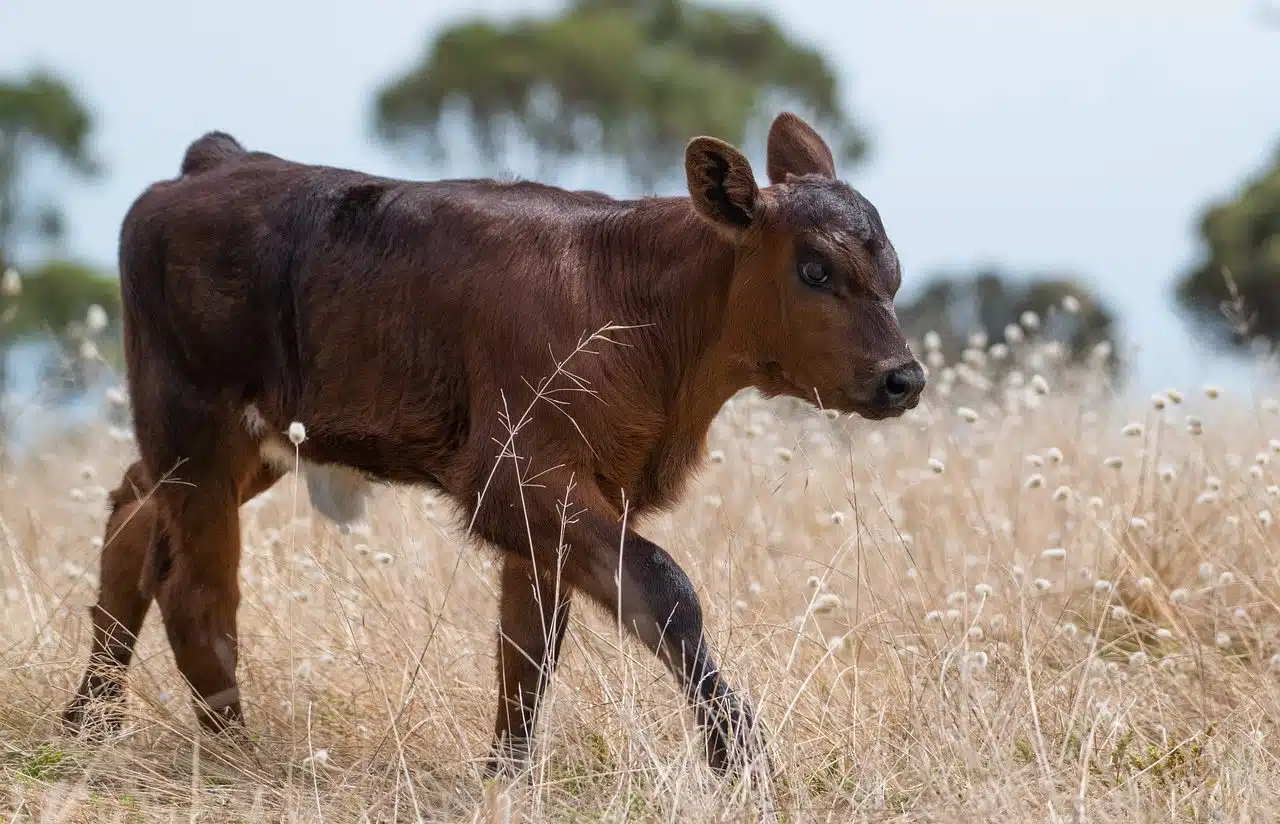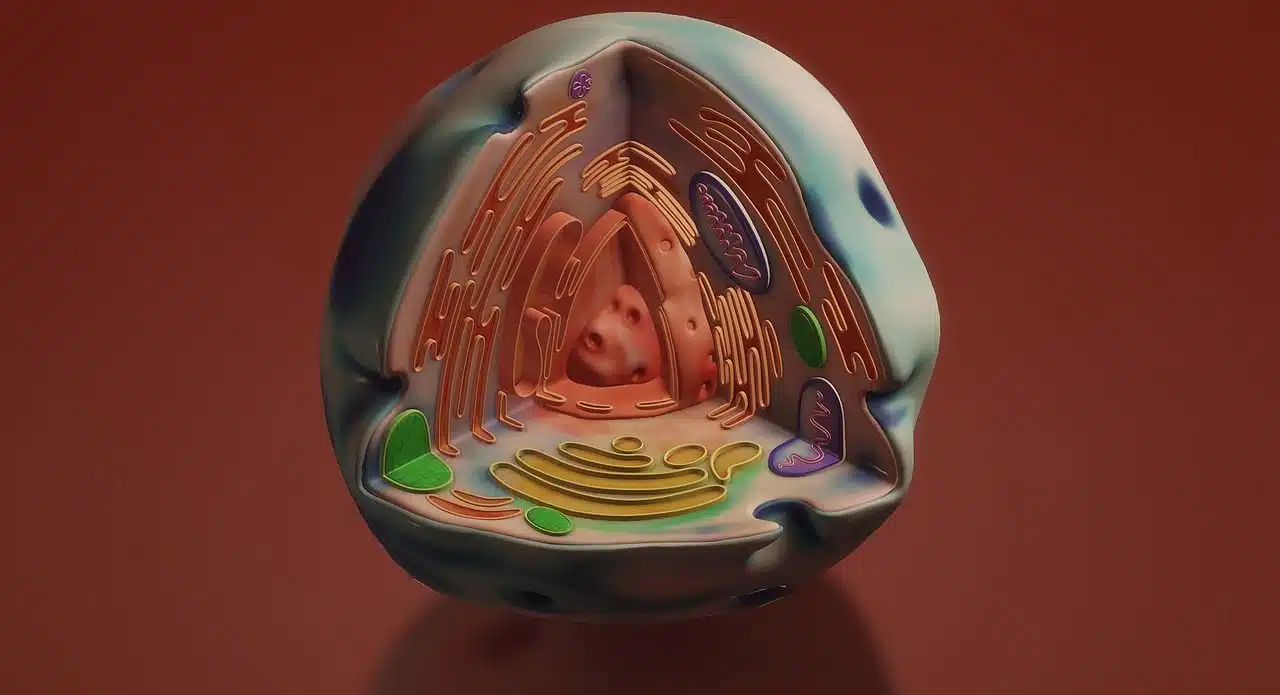
Animal cells form the so-called animal tissue.
An animal cell is one that is found in a tissue of this type of organism. A plant cell , on the other hand, makes up the tissues of plants.
Before moving forward with the meaning of the concept, it is necessary to discover the etymological origin of the two words that give it shape: cell comes from the Latin cellula , which means "small cell" and is formed from the sum of the noun cella (which can be translated as "cell" ) and the diminutive suffix ula ; while animal derives from the Latin animal, animalis .
It should be noted that cells are the fundamental units with the capacity for independent reproduction that make up living beings. These are microscopic elements that have a nucleus and a cytoplasm , which are enclosed in a membrane . An animal , on the other hand, is a living being that can move under its own impulse and that feels.
Characteristics of an animal cell
By having a nucleus defined by the existence of a nuclear membrane , animal cells are part of the group of eukaryotic cells (also called eukaryotic cells ). Genetic information is found in the nuclear membrane, which is porous. Prokaryotic cells , for their part, do not have a nuclear membrane and their genetic information is dispersed in the cytoplasm.
Inside an animal cell, in short, it is possible to recognize several structures. On the one hand, there is the cell membrane , which constitutes the envelope of the cell and delimits it. Inside are the cell nucleus (with the nuclear membrane that encloses the nucleoplasm, where the nucleolus and chromatin are located) and the cytoplasm (where various organelles can be distinguished, such as ribosomes; centrioles; the rough and smooth endoplasmic reticulum ; the Golgi apparatus; lysosomes; and mitochondria).
The lack of rigid cell walls means that animal cells have the ability to acquire very diverse shapes. In certain cases, these cells can even phagocytose other structures .

An animal cell is a eukaryotic cell since it has an organized nucleus.
Other information of interest
In addition to everything stated above, we cannot ignore another important series of data about the animal cell, such as the following:
- It is considered that, on average, there are about 200 types of animal cells.
- Within animal cells we can establish that there is a classification that groups them into four: muscle cells , blood cells , nerve cells and epithelial cells .
- It should be noted that the Golgi apparatus has some really important functions. And it is responsible for the modification of proteins, the production of plasma membrane, cell secretion and the formation of slimes. No less relevant is that it is divided into three regions: the trans-Golgi region, the cis-Golgi region and the medial region.
- It is interesting to know that, as a general rule, animal cells differ from plant cells in that they have a smaller diameter. Furthermore, it must be clear that they carry out a really defined function.

Cancer is a disease that is caused by the uncontrolled and pathological division of animal cells.
Animal cells and the transport of molecules
Animal cells contribute to the transport of molecules through different processes. Endocytosis , for example, allows cells to take in other cells, extracellular elements, and large molecules.
Endocytosis, in turn, can be divided into phagocytosis (the intracellular medium receives a solid) or pinocytosis (the material is taken up by invagination of the cell membrane).
Exocytosis , meanwhile, consists of the transport of molecules outside the cell. Vesicles, in this framework, play a fundamental role.
It is interesting to note that all animal cells resort to both exocytosis and endocytosis. They alternate, therefore, between active transport and passive transport , according to the categorizations carried out by cell biology.
The cell cycle
The cell cycle is a series of stages that make it possible for the cell to grow and divide to reproduce. The phases are known as G1 , S (when DNA replication takes place), G2 and M (which includes meiosis or mitosis and cytokinesis).
It should be noted that the cell can appear in two different states. The interface is the state of non-division; If its nature involves cell division , in this instance DNA duplication begins. Phases G1 (the cell grows with the synthesis of RNA and proteins), S (with the duplication of the chromosome to be composed of two identical chromatids) and G2 (where there are more structural changes) are part of the interphase.
Phase M , meanwhile, is the state of division. In this instance, the progenitor cell divides, with mitosis - which occurs in prophase (or prophase ), metaphase ( metaphase ), anaphase (anaphase) and telophase ( telophase ) - and then cytokinesis.
Cloning of animal cells
Cloning of animal cells is the procedure that allows obtaining an exact copy asexually. Human beings have been researching this process for a long time through specializations such as genetic engineering and biotechnology .
The first animal produced through unnatural cloning was a sheep. Dolly is the name of this mammal that, in 1996 , was born by cloning from an adult cell.
